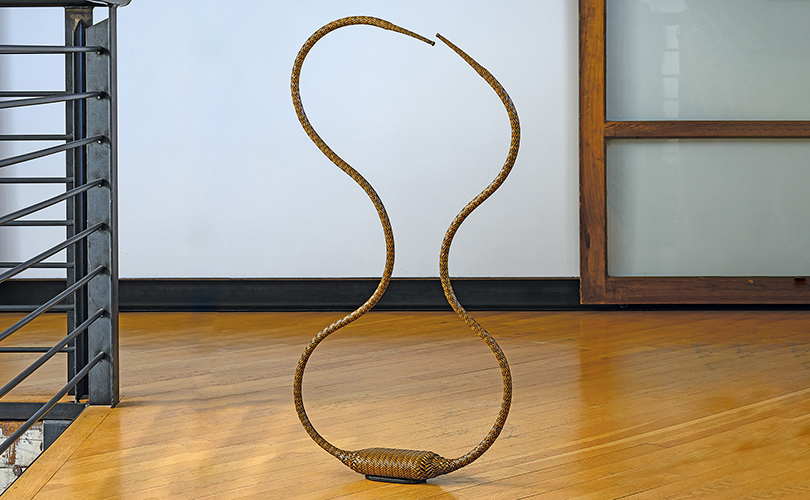
August was relaxed month for us but an active one for our New this Week features. First up was Chat by Jiro Yonezawa. Yonezawa reinterprets the traditions of Japanese bamboo craft, to create imaginative sculptural forms. Chat is from a series of works created to express conversation, communication and the acts of conveying feelings. Yonezawa wants to capture the atmosphere of these interactions. The artist says that he returned to this series, which he began a few years ago, because in today’s world, he sees conflicts and various troubles increasing. “I feel that genuine communication between people is becoming less frequent. This led me to visit this series once again, hoping that viewers can sense the atmosphere of dialogue and connection.”
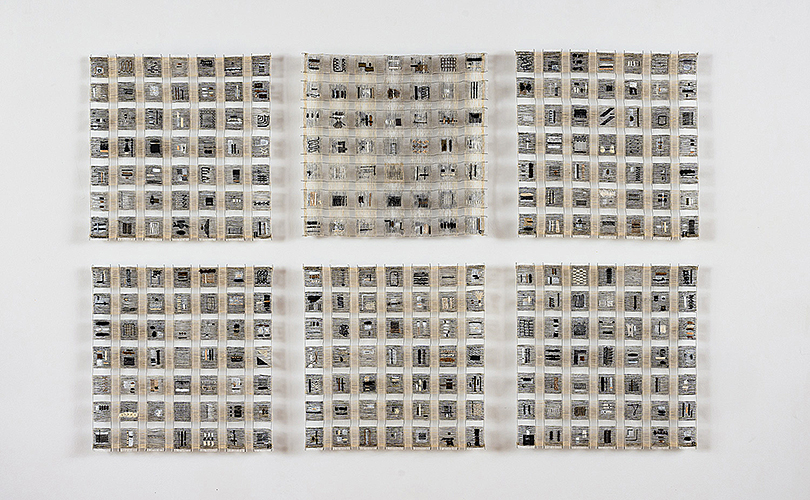
Self expression through weaving came about for Anneke Klein, she says, after she wrestled with cold hard materials during her education as a goldsmith. Her heart chose the warmth, softness, and comfort of yarns, and she retrained herself quickly in weaving techniques. Through weaving, she creates a variety of shapes, textures, and structures — looking through a symbolic lens at the everyday and the things that touch her emotionally. Her work reflects a fascination for rhythm and repetition. In Prospects for Hope, Klein uses pictograms to abstractly suggest various expressions of optimism. A widespread sense of discomfort is a concern for the artist, particularly among people she knows who are facing severe setbacks and suffering. Prospects for Hope offers a vision rooted in optimism. The work encourages viewers to see that after a dark period there always will be new perspectives.
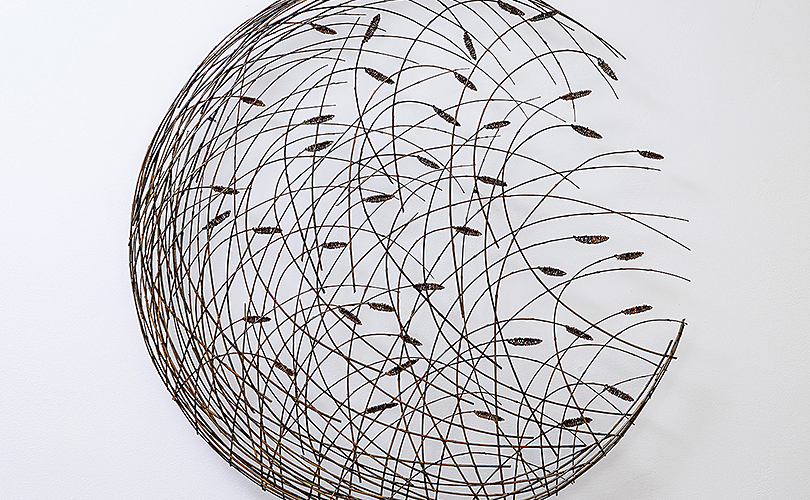
Lizzie Farey grew up surrounded by countryside. In rural Scotland, where she developed a deep love and fascination for woodlands, coastal paths, and remote places. Through her work, primarily in willow, she seeks to immerse viewers in that landscape. In her work, Farey wants to recreate her intense feelings for the landscape. “I must capture the experience of being with nature when making a basket,” she says. Her experience has encouraged her to develop extensive knowledge of the plants featured in her work; she grows more than 20 varieties of willow.
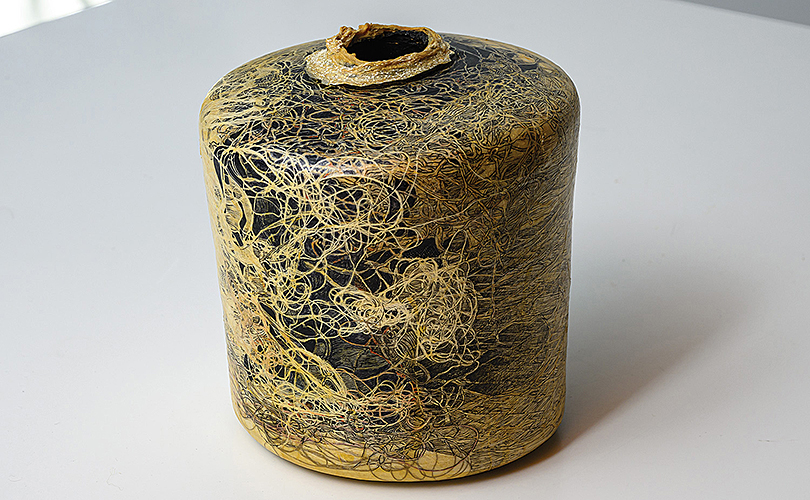
Coated in black acrylic paint, Scream by Norma Minkowitz is a crocheted object stiffened to create a plaster-like consistency, then enhanced by the application of thread. The process creates an intriguing surface, introducing a bas relief of concept, energy, and movement. Minkowitz has created highlights with paint. Her work speaks about enclosures and entrapment. Minkowitz often dwells on the cycles of death and regeneration. “As my work evolves,” she says, “one thing remains consistent: I am engaged in creating works that weave the personal and universal together.
More ahead in September …


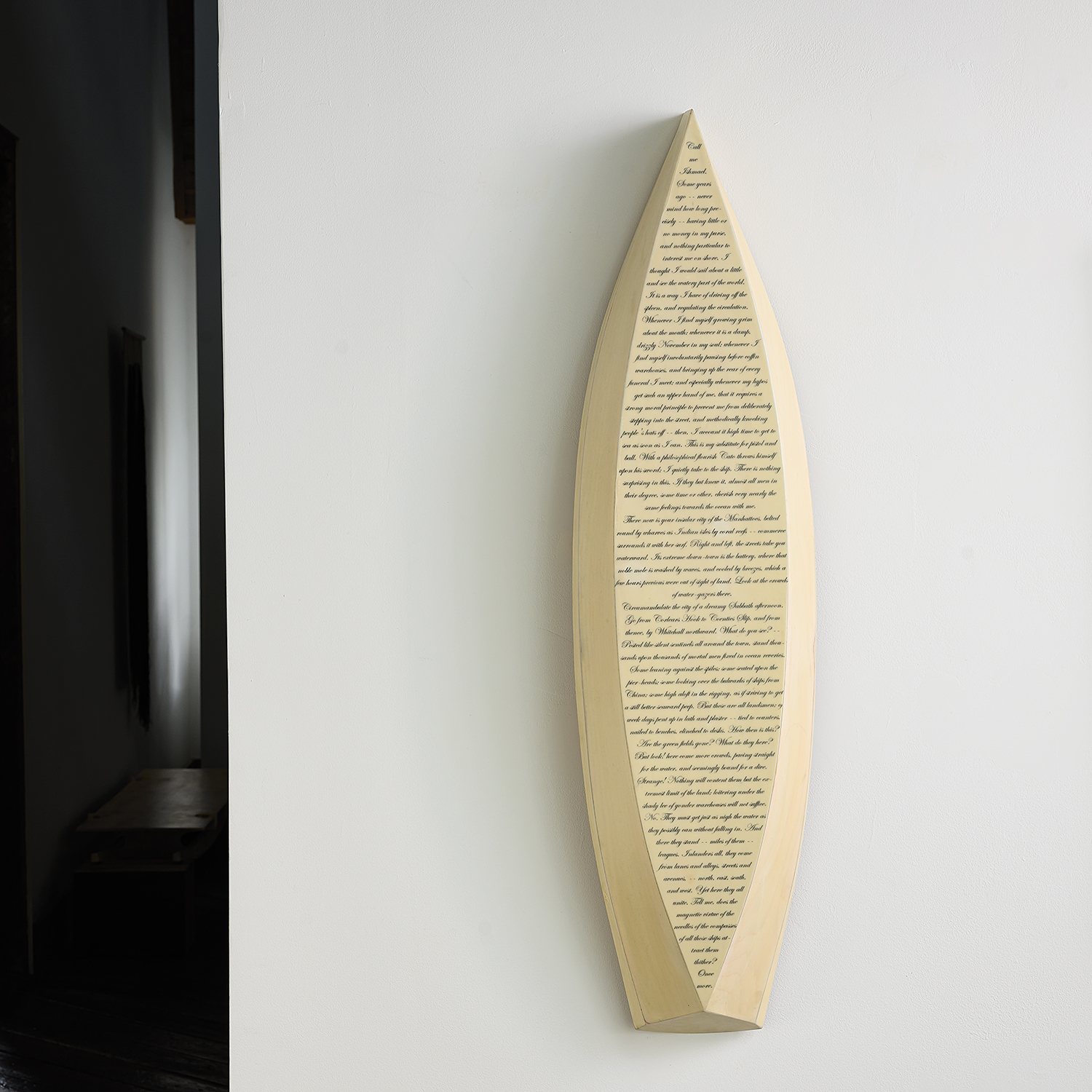
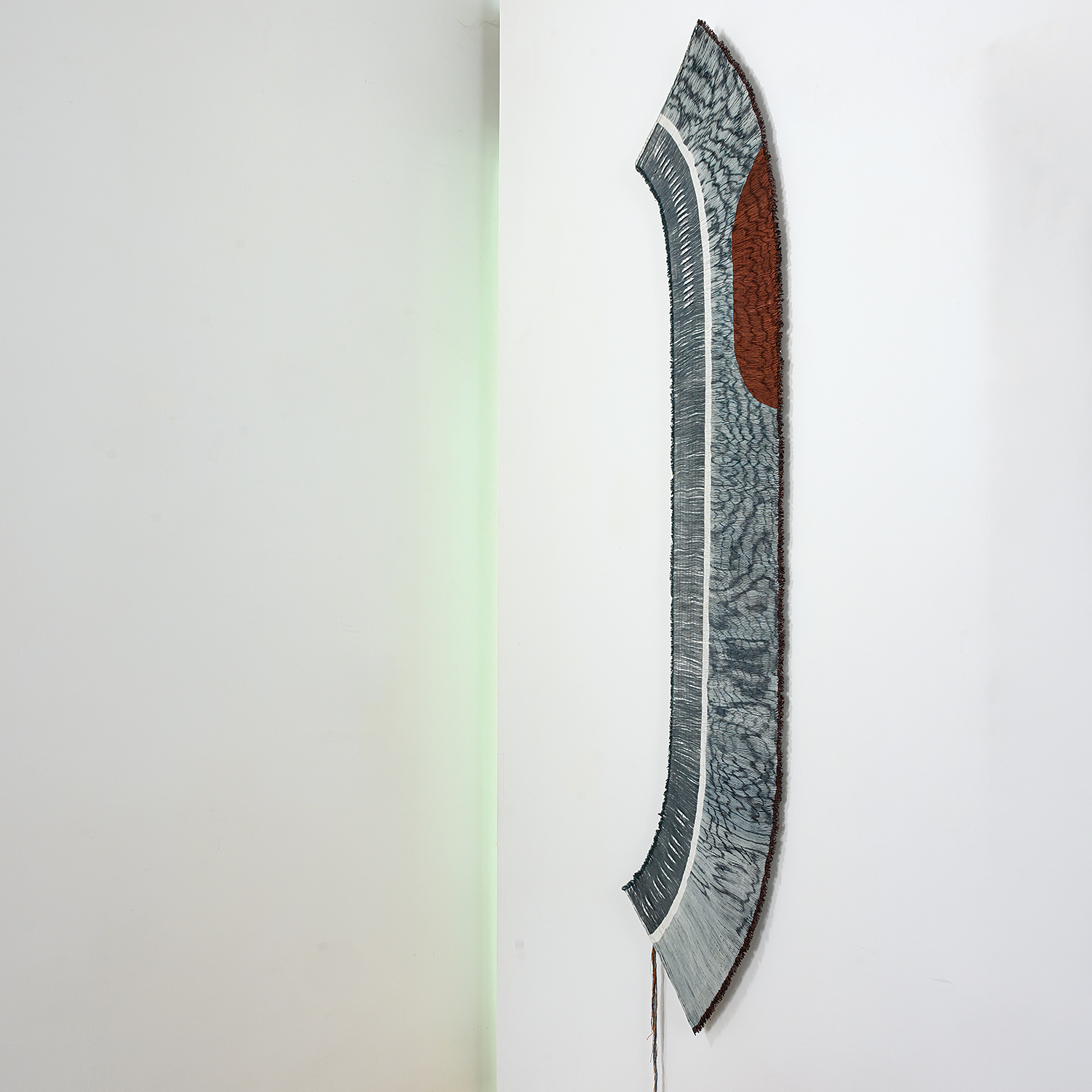
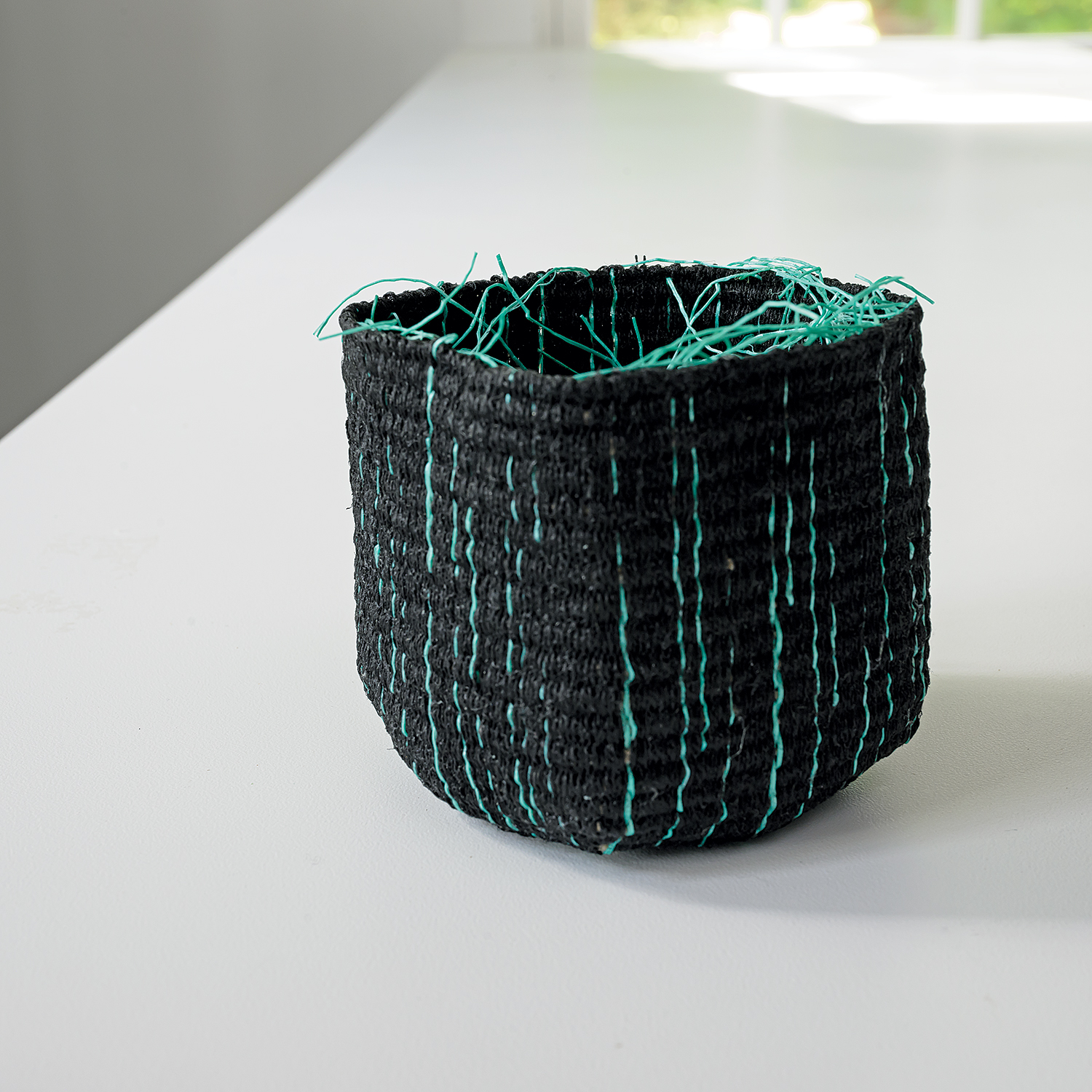
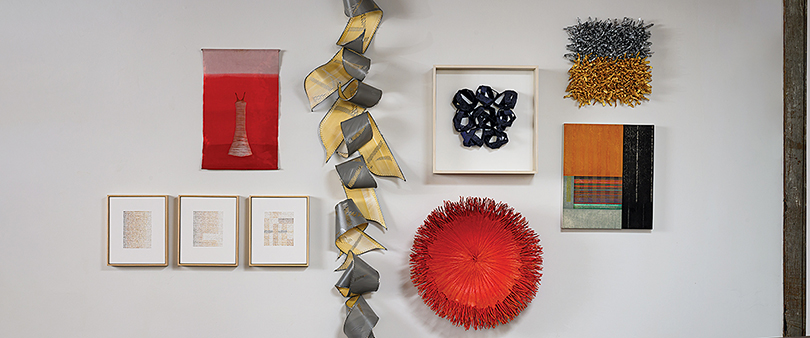
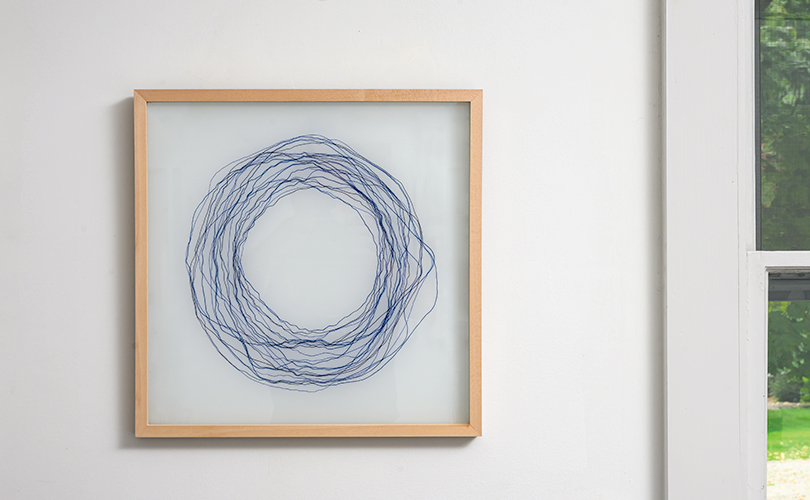
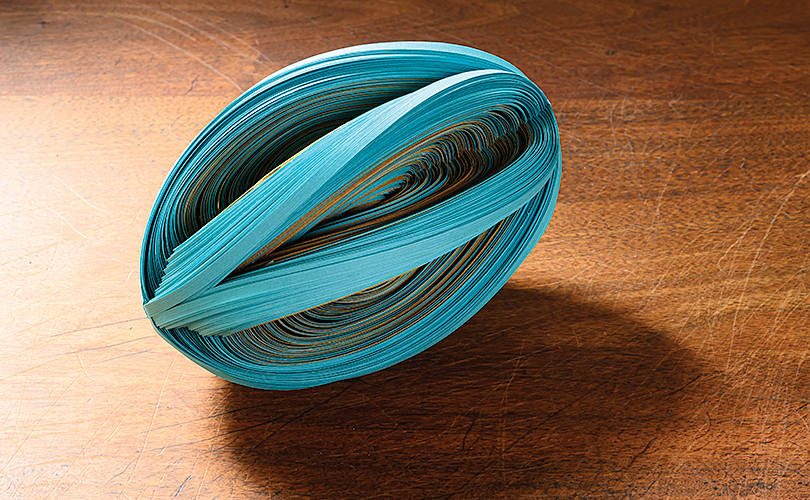
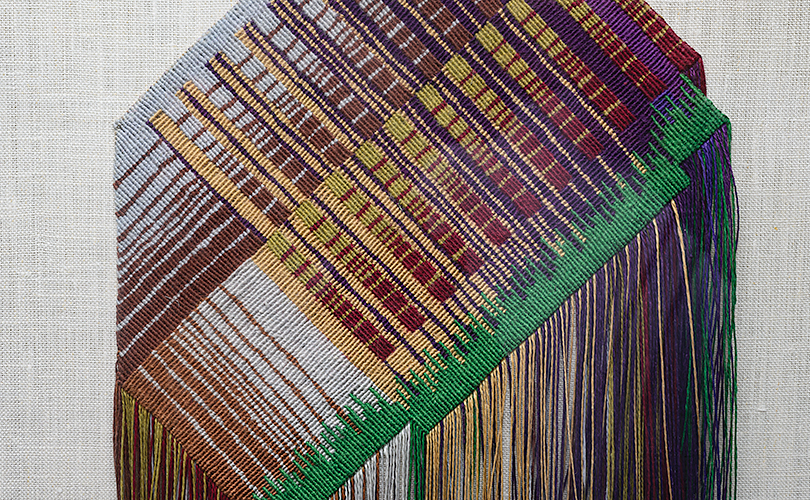

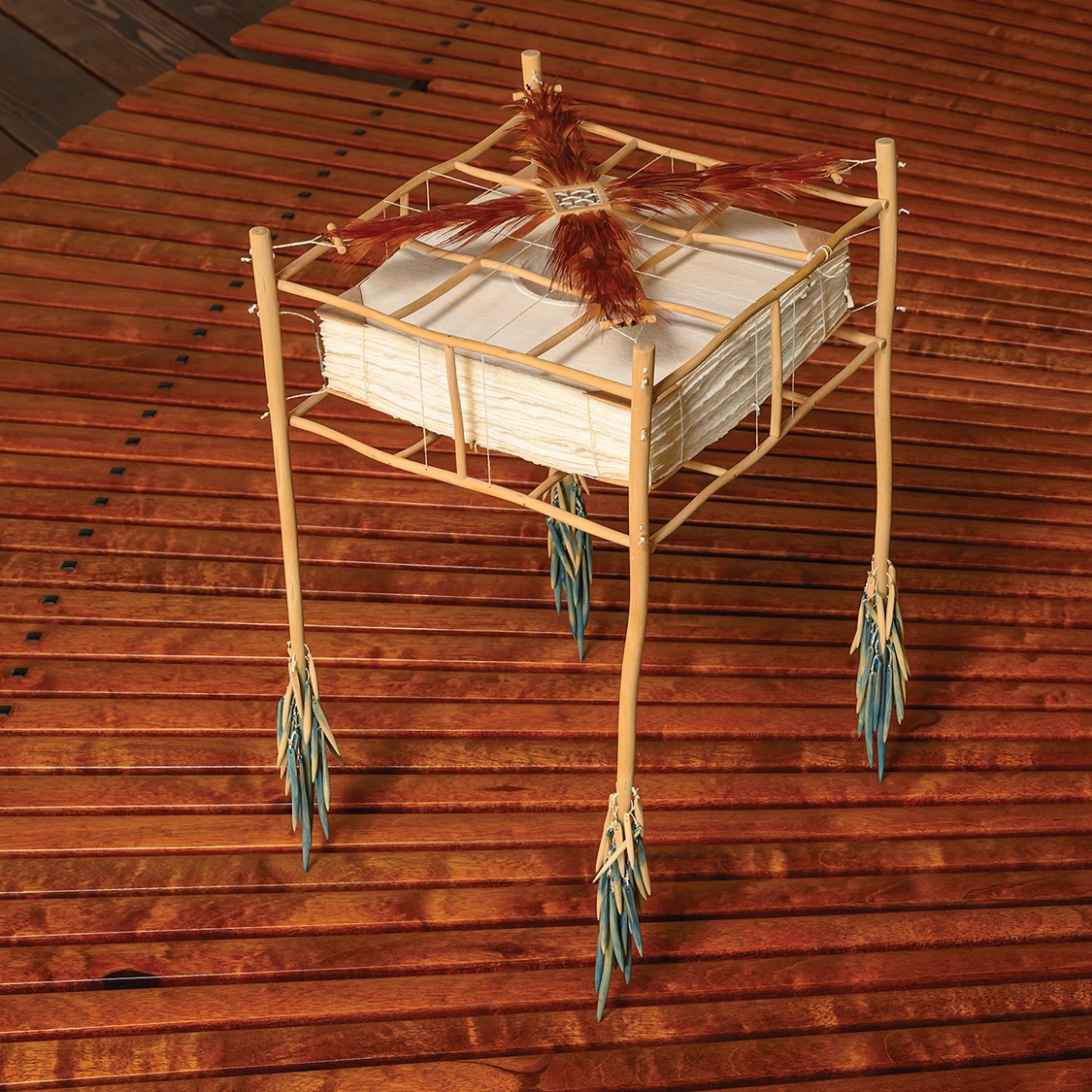
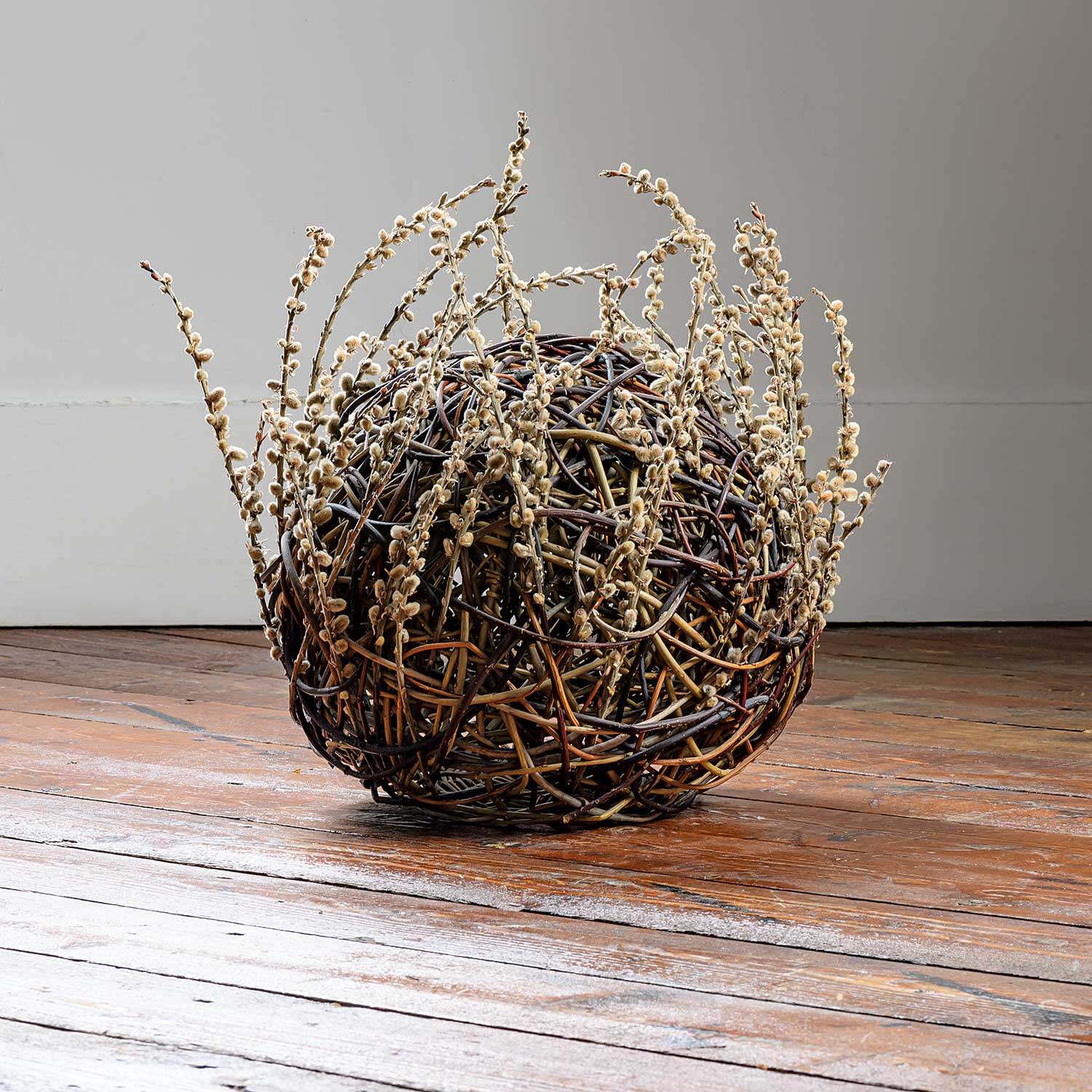
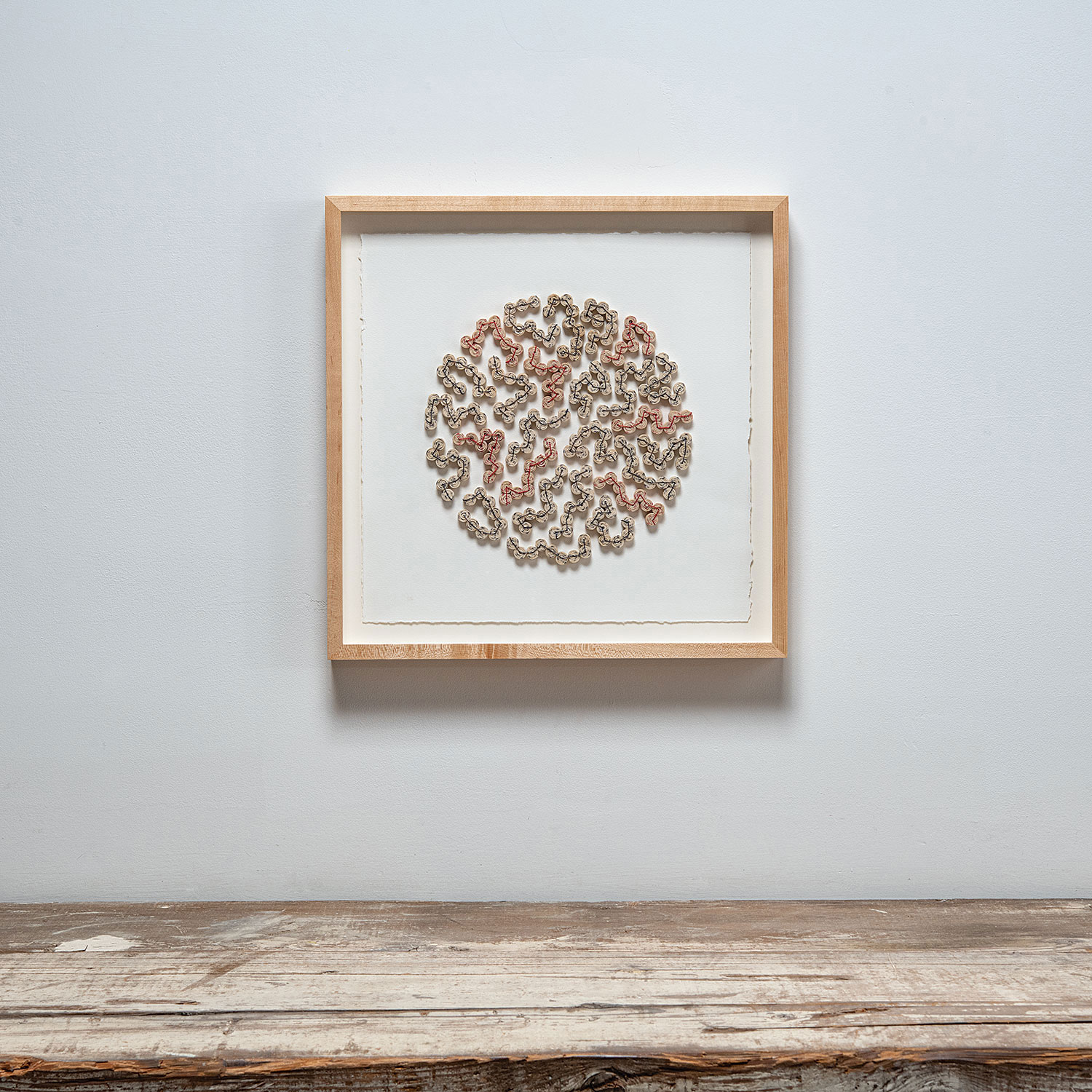
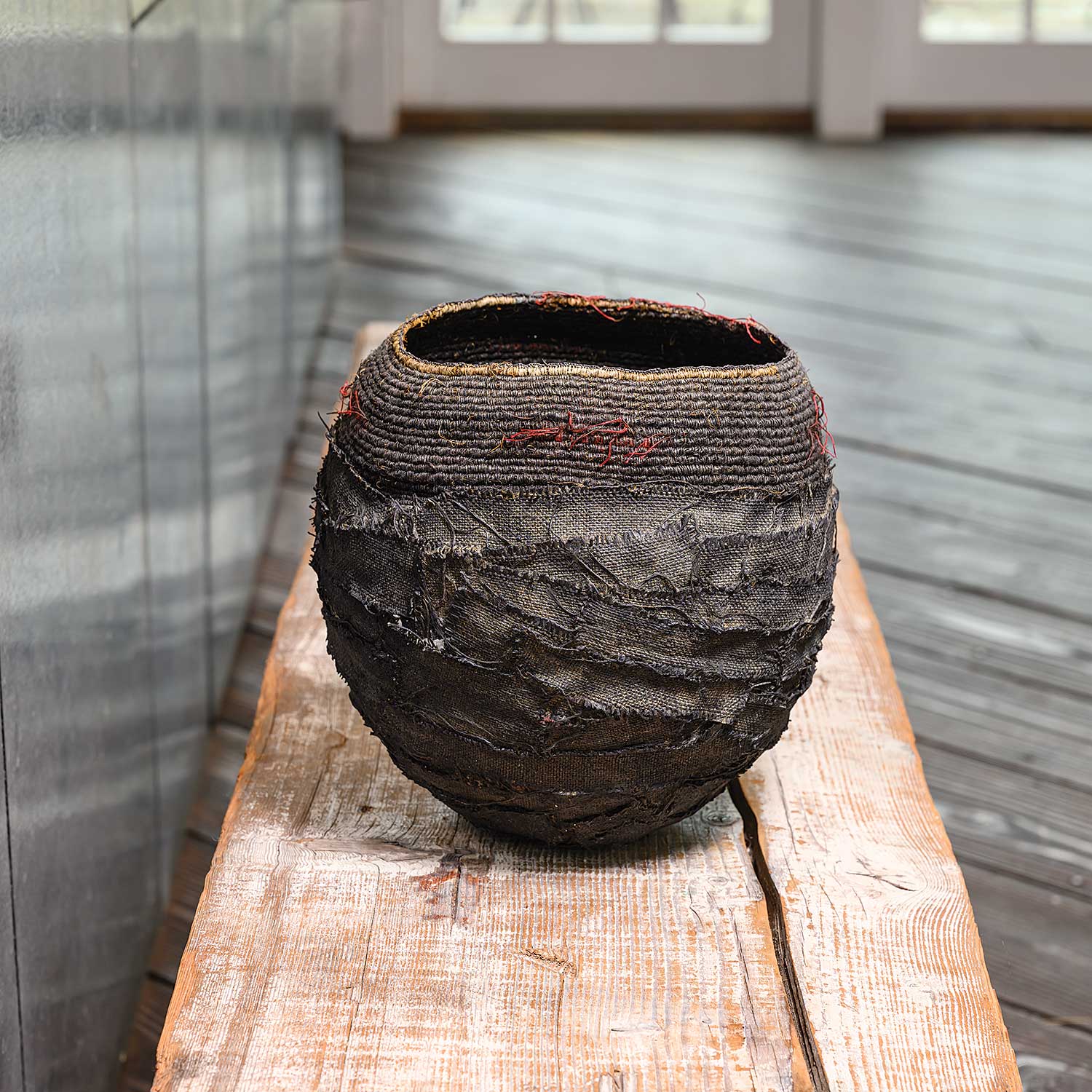
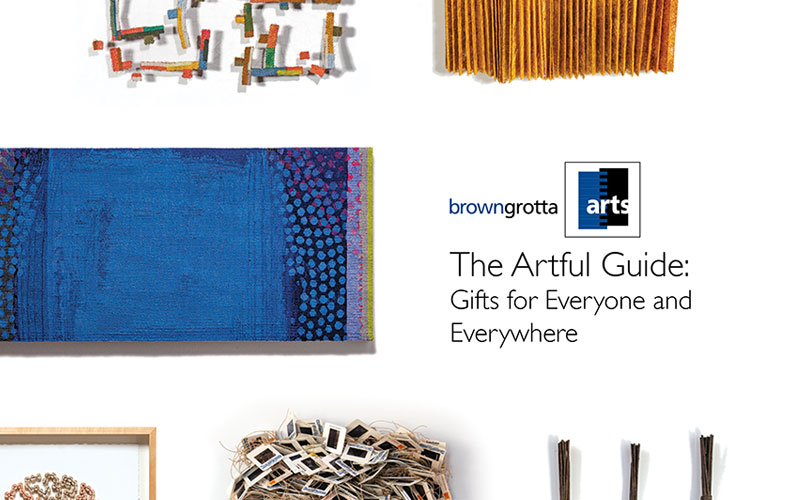
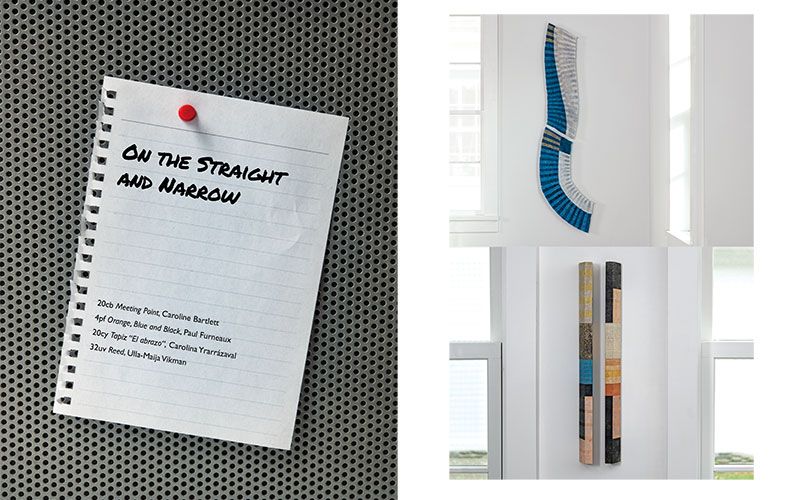
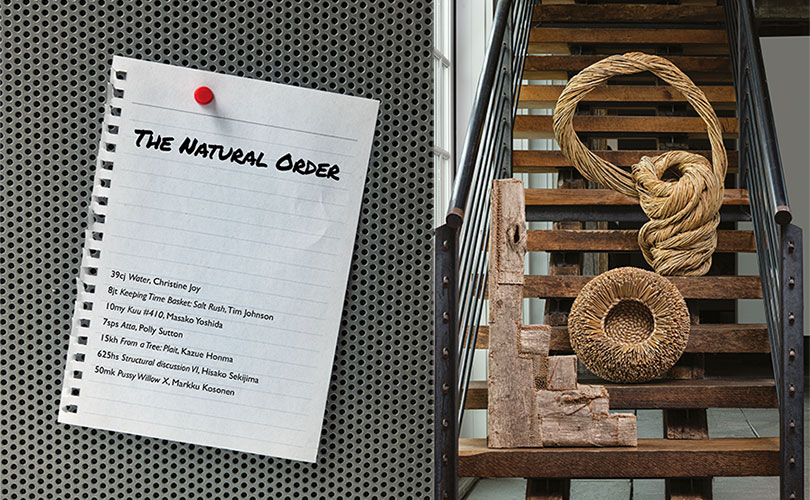
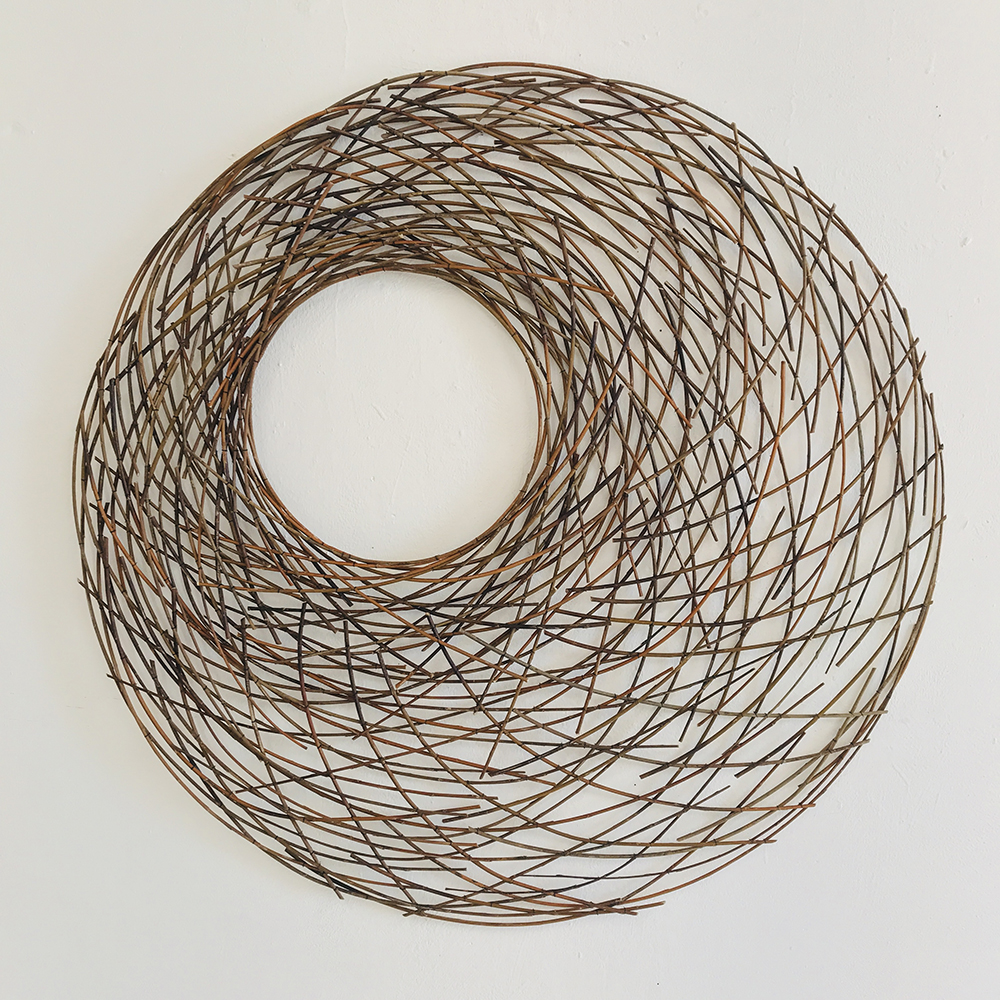

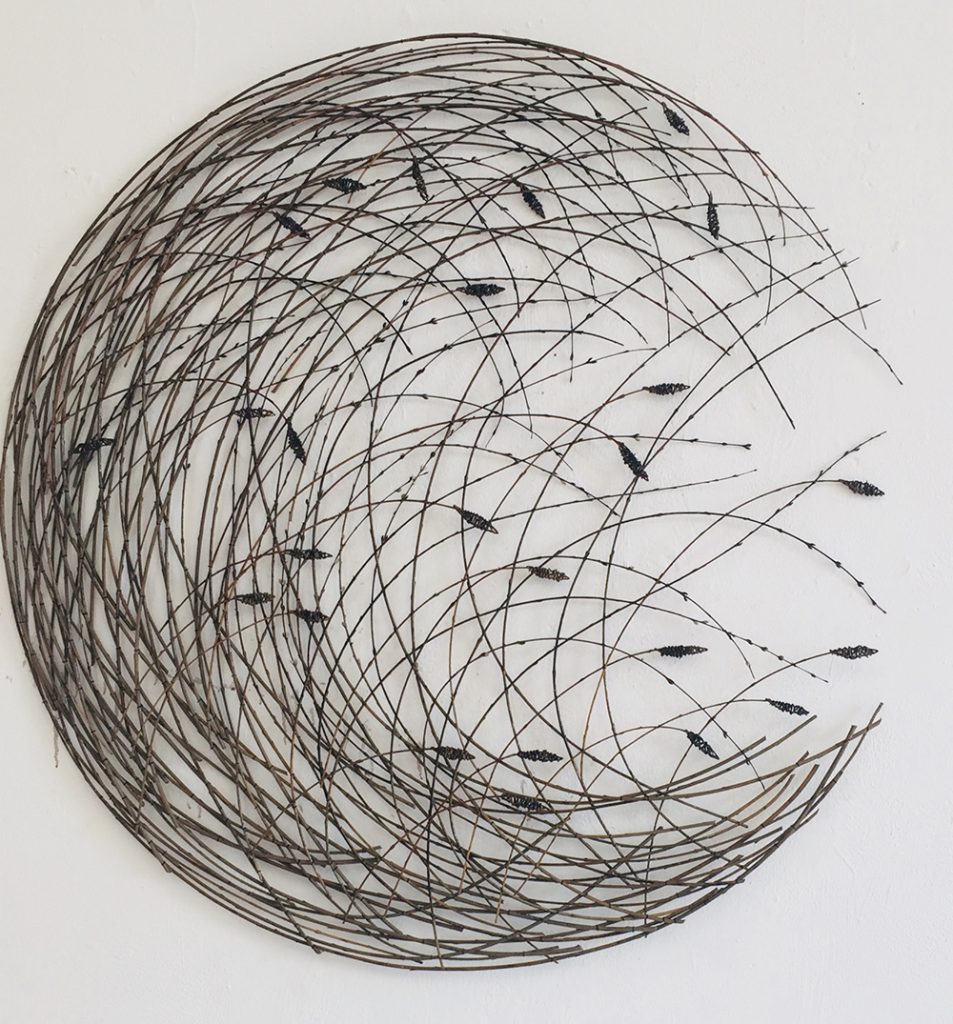

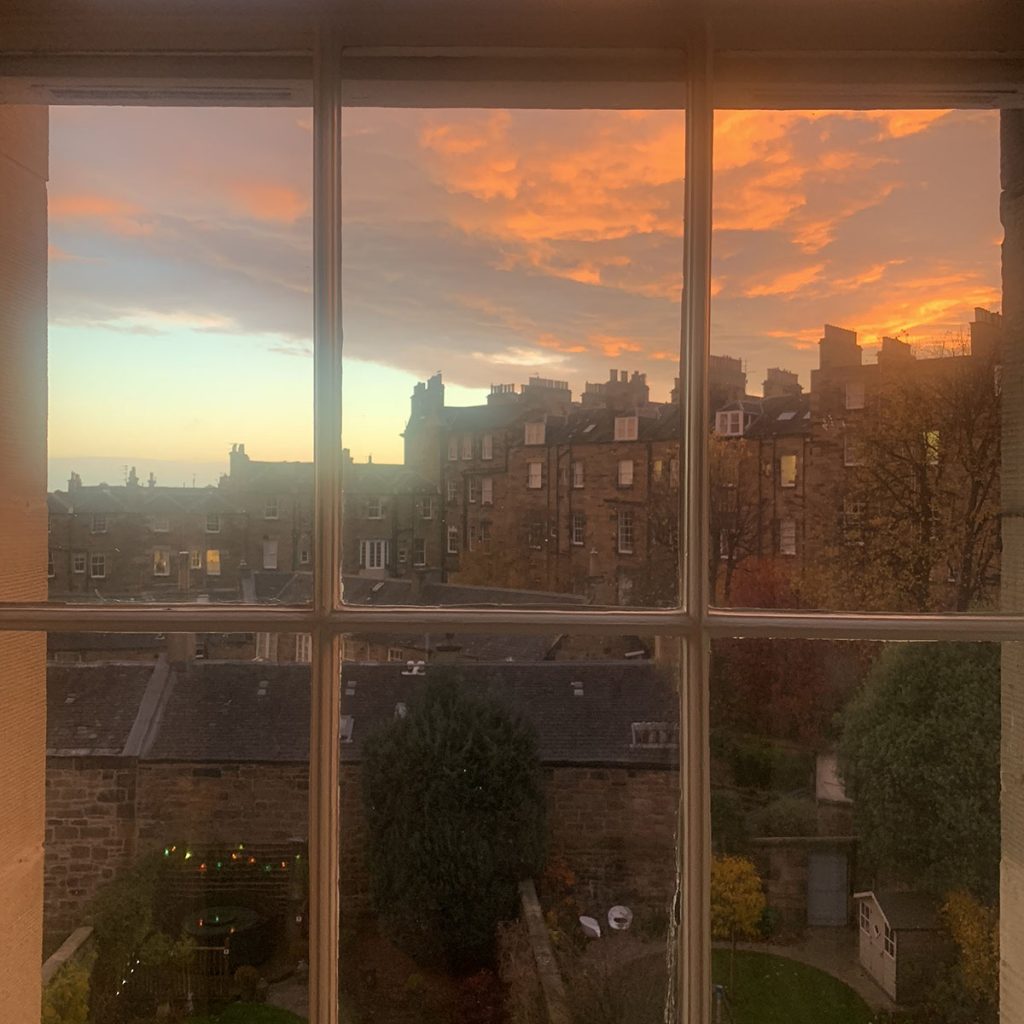
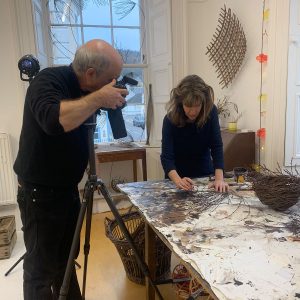
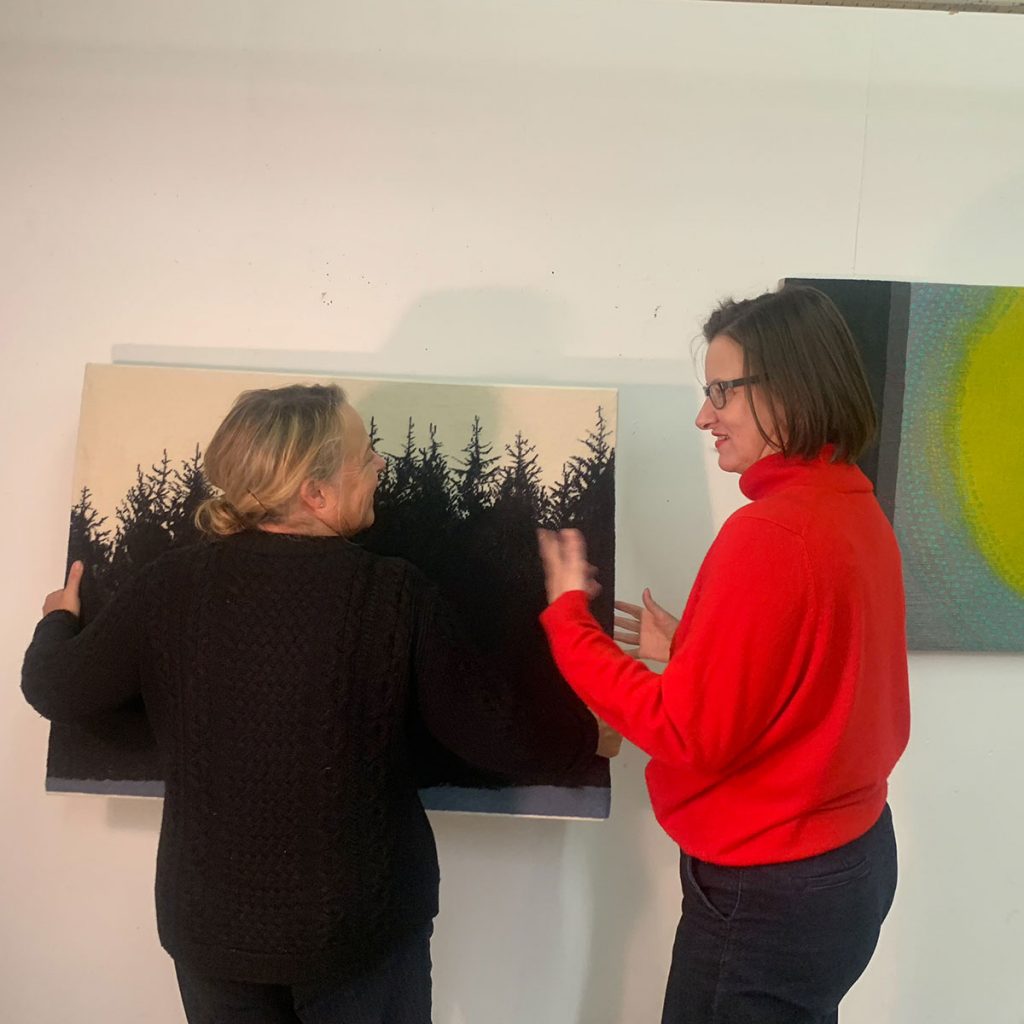

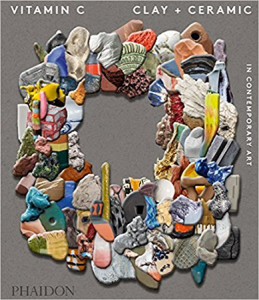
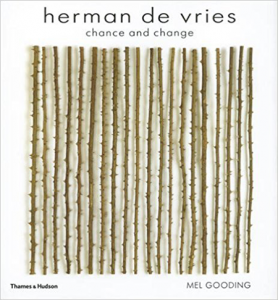

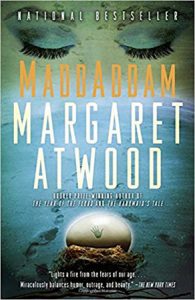
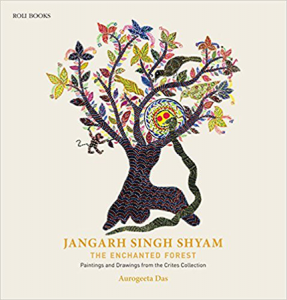

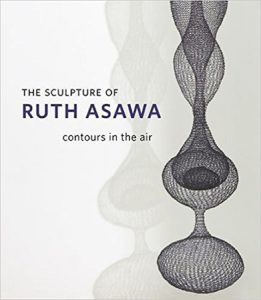

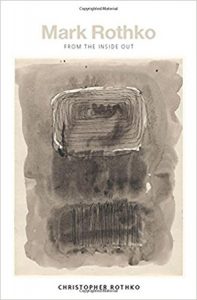
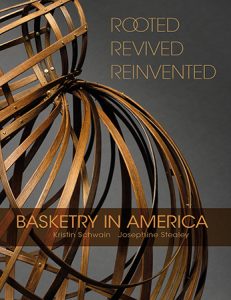
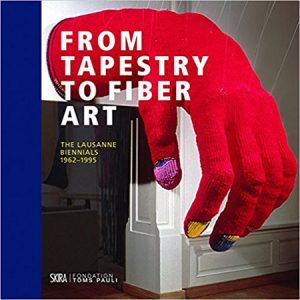
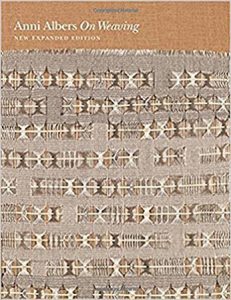
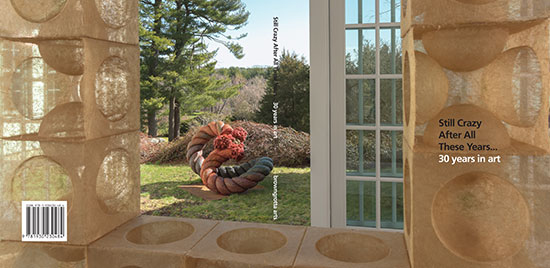
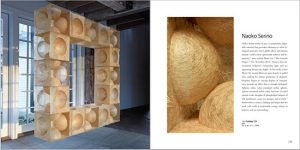
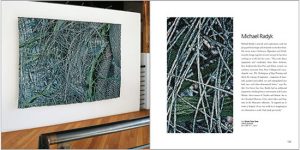

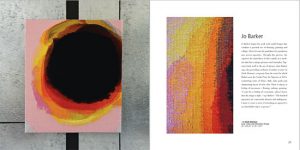
It’s Never Too Early: How to Buy Art in Your 20s
Lizzie Farey($1,800), Deborah Valoma($1,700) and Stéphanie Jacques($1,200). Photo by Tom Grotta
Thanks to the DIY movement and a mass of online and cable design and decor resources, we’ve never had more encouragement to create environments that inspire and invigorate. Art can be an essential element of such an environment and investing in art need not be a bank breaker. Domino, a curated site that encourages readers to “bring your style home,” offers several tips for buying art in your 20s, including not buying too big and not being afraid to invest http://domino.com/how-to-buy-art-in-your-twenties/story-image/all. We at browngrotta arts have a few additional thoughts:
INYO (95-2), Tsuruko Tanikawa, brass and iron wire, coiled and burned, 7.5″ x 6.5″ x 14″, 1995 ($1,200)
1) Think objects: If you are in your first apartment or are fairly certain that a move is in your future, Ceramics, Art Baskets, Glass sculptures can be easier to place in your next home than a large wall piece may be.
Naomi Kobayashi Red & White Cubes ($1,000 each)
2) Invest for impact: Prints are generally less expensive than originals, editions less expensive than a one off. And you will find that some mediums are, in general, priced more accessibly than others. Art textiles and fiber sculpture are an example. Work by the best-known artists in the field go for under a million dollars, compared to tens of million dollars for paintings by well-recognized artists. You can start small with works in fiber, ceramics and wood, and create a small, but well-curated, collection. Consider Naomi Kobayashi, a Japanese textile artist whose work is in the permanent collection of many museums, including the Metropolitan Museum of Art and whose work can be acquired for $1000. Or an up-and-coming artist like Stéphanie Jacques from Belgium, whose masterful multi-media works address issues of gender and identity, and begin at prices below $1500.
GRAY WITH BLACK, Sara Brenan, wool & silks linen, 12.5” x 19”, $1,900 photo by Tom Grotta
3) Take advantage of digital placement: Reviewing art online is a great way to expose yourself to a wide variety of work, and develop your personal aesthetic. Once you’ve found a work that appeals, digital placement can give you a greater level of confidence before you press “Buy.” At browngrotta arts, we ask clients to send us a photo of the space the propose to install the work. We can digitally install the piece, to scale and with shadow, so you have a sense of how will work there.
32pc CONSTRUCTION III, Pat Campbell, rice paper, reed, 8″ x 7.5″ x 5.5″, 2002
4) Document: If the work you purchase has appeared in a book or a catalog, make sure you get a copy. Ask the seller for any information he/she has on the artist for your files. On each artist’s page on browngrotta.com, you can find a list of publications in which the artist’s work appears. The documentation is good to have for insurance and appraisal purposes and you can watch as the artist’s cv —hopefully — expands in the next several years.
5) Buy for love: It’s great to learn 10 years down the road that a work of art you purchased has appreciated and is worth more than you paid for it. We’d argue, though, that if you’ve enjoyed owning it for 10 years, and thought each time you looked at it, “I really love that piece,” you’ll have gotten your money’s worth, and enriched your life in the process.